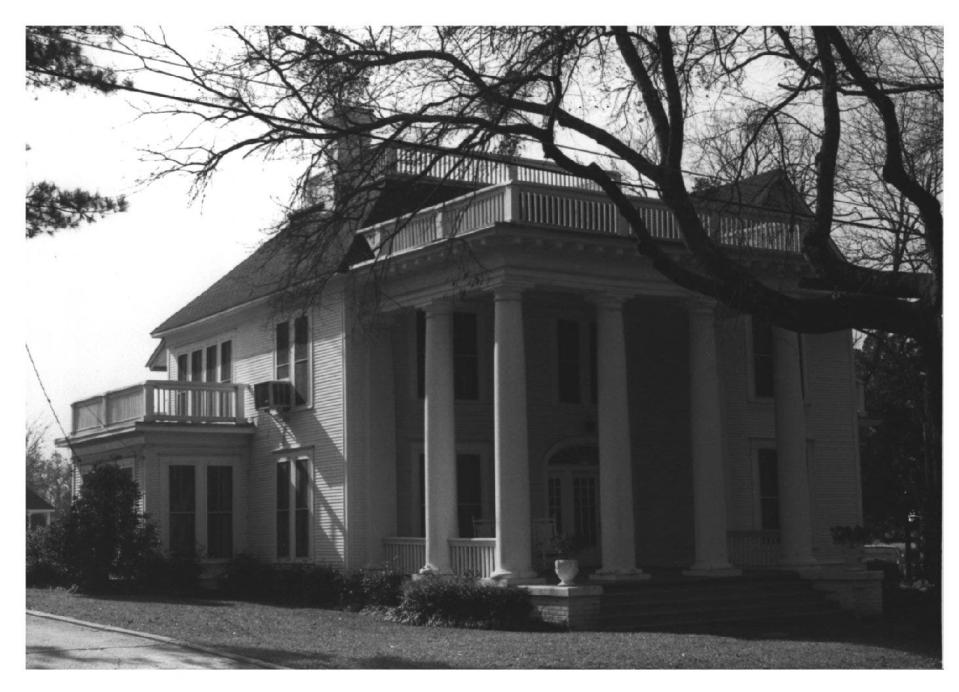Check out the home of the founder of a small Louisiana town on the National Historic Registry
A two-story Queen Anne and Colonial Revival house in Lincoln Parish was once home to the founder of the town of Dubach.
The Fred B. Dubach House, located at 7793 Annie Lee Street, served as the residence of the founder and namesake of Dubach, a small town in Lincoln Parish in north central Louisiana.
Although there were settlers in the Dubach area as early as the late 1840s, according to National Register records, the town's origins date to the arrival of the Arkansas Southern Railway in 1898. With the coming of the railroad, the way was opened for the development of the lumber industry.
'Dogtrot Capital of the World': Last remaining Lincoln Parish log dogtrot house in danger of being lost to nature
In 1899, Fred B. Dubach, a lumberman from St. Louis, Missouri, arrived in the area and started the Dubach Lumber Company. He later built his home in 1900 and shortly thereafter, built a lumber mill across the road. The lumber mill was regarded as the largest building in town and visually dominated the townscape.

The house has a central hall plan, essentially two rooms deep, with a small single-story rear wing. According to National Register records, architecturally, the house equals to a two-story, greatly enlarged version of an ordinary Queen Anne Revival cottage – a cottage with a forward-facing gabled pavilion on one side and a gallery taking up the rest of the façade.
In the case of the Dubach Home, the asymmetrical front gallery has taken the form of a monumental four-column Doric portico with a full entablature and a balustrade. The house also features small balustraded side wings which extend the ground story rooms and the high pyramid roof is surmounted by a balustraded deck.
Lincoln Parish endangered site: Historic WWII POW buildings now on Grambling campus in danger of destruction
The one remaining chimney has a corbel top and inset panels. For the most part, the exterior surface is described as relatively plain with narrow gauge clapboards and slight corner pilasters. The front of the forward-facing gable is completely louvered. Most of the two over two plate glass windows are set in groups of two.
The interior of the home is described as "relatively plain." The single remaining mantel is golden oak and at the base of the staircase is a quarter sunburst motif.
The Dubach Lumber Company contributed to the growth and development of what in 1901 was chartered as the town of Dubach. In 1906, Dubach sold his mill and home to T.L. James and returned to St. Louis. James lived in the home and operated the mill until 1921 when he relocated to Ruston and closed the mill.
More: Charles P. Adams House: Former home of Grambling founder listed on historic register
Between 1921 and 1929, the home was rented by lumberman B.H. Rainwater. In 1936, G.L. Trammell bought the home and lived there until 1970. It remained vacant for a few until Trammell's son Alan purchased the home and restored it.
In 1999, the house was purchased by banker John C. Cole and his wife, Jennie.
Follow Ian Robinson on Twitter @_irobinson and on Facebook at https://bit.ly/3vln0w1.
Support local journalism by subscribing at https://cm.thenewsstar.com/specialoffer.
This article originally appeared on Monroe News-Star: Home of Dubach town founder listed on historic register

